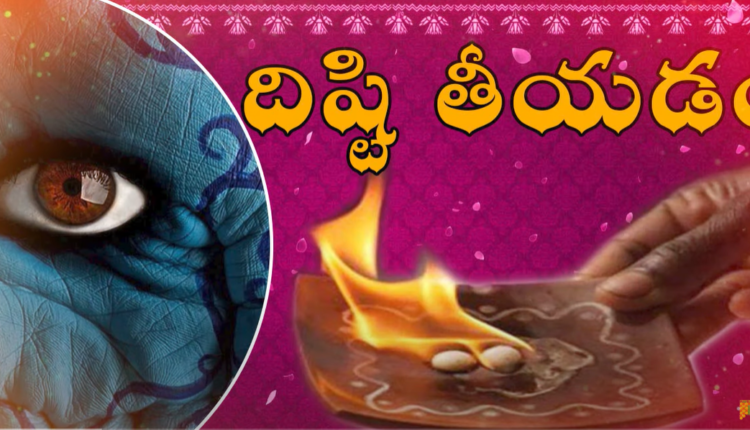Disti Tiyyadam : An Important & Significant Practice In Hindu Culture
Disti Tiyyadam : Also known as the “removal of evil eye” or “warding off the evil eye,” is a practice in Hindu culture aimed at protecting individuals, especially children, from the harmful effects of jealousy or admiration directed towards them. It is believed that when someone looks at another person with intense emotions such as jealousy, love, or adoration, it can cause negative energy or “dishti” to affect them.
Here are some common practices associated with Disti Tiyyadam:
- Taking Disti: When a person believes that someone has cast an evil eye on them or their children, they may perform a ritual to remove the Disti. It is advised to take Disti when there are no other children around and to ensure that the child is not sleeping during the ritual. Camphor is often used during the Disti removal process.
- Rice and Turmeric: In some instances, if children stop eating rice or face difficulties, it is believed to be a sign of Disti. To counteract this, rice is boiled with turmeric and saffron and given to the child. Camphor may also be used during this ritual.
- Salt and Chilies: Rotating salt and chilies around one’s head in a circular motion is believed to break the negative energy emitted by others. This practice is associated with the remembrance of Renuka Devi, a Hindu goddess.
- Stotras: Reading or reciting specific stotras (prayers) is believed to help ward off the effects of evil eye or Dishti. These stotras are often dedicated to deities such as Renuka Devi or other protective gods and goddesses.
- Protective Measures: Various protective measures can be taken to prevent the influence of evil eye or Dishti. These may include offering garlands, breaking gourds, serving food to others, lighting camphor balls, applying kajal (kohl), tying protective threads or amulets, worshiping deities like Lord Hanuman, and lighting lamps or incense sticks.
Disti Tiyyadam & Cultural Beliefs
It is important to note that these practices are deeply rooted in cultural beliefs and may vary in different regions and communities. They are performed with the intention of seeking protection and well-being for individuals and their families.
Also Read : Bavilo Chheda Veyatam : A Significant Ceremony Consists Of Various Preparations & Sacred Practices

